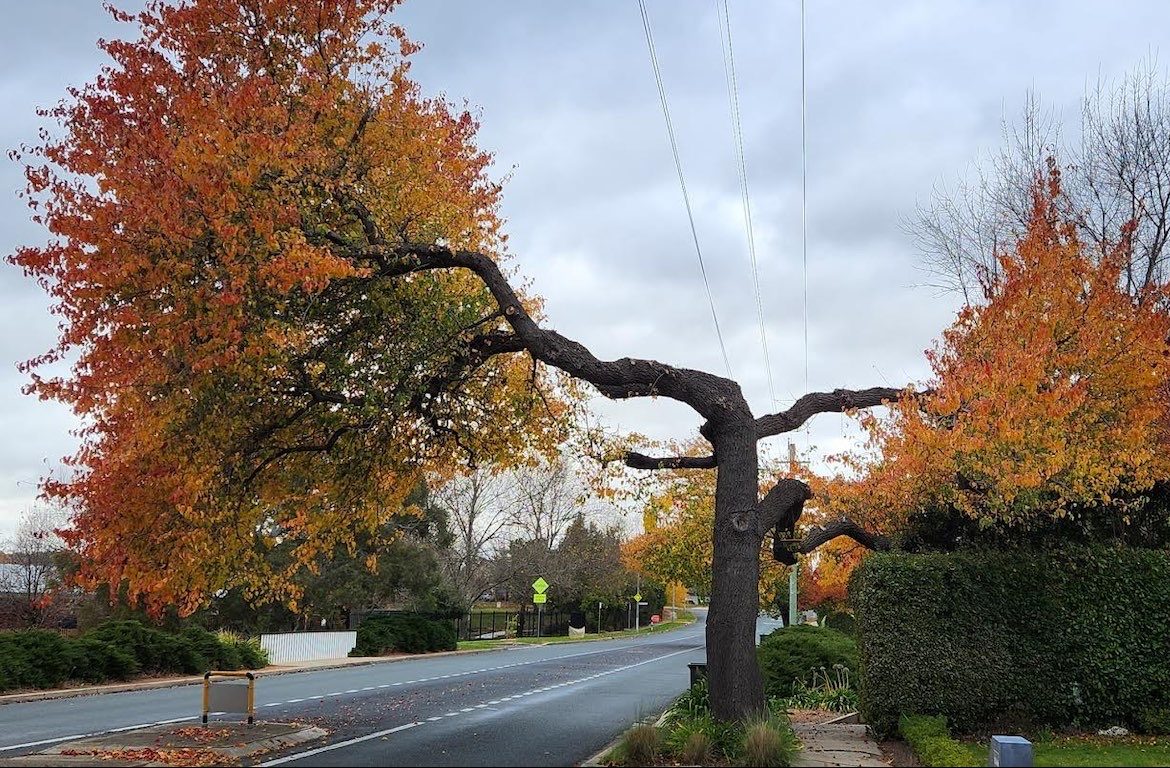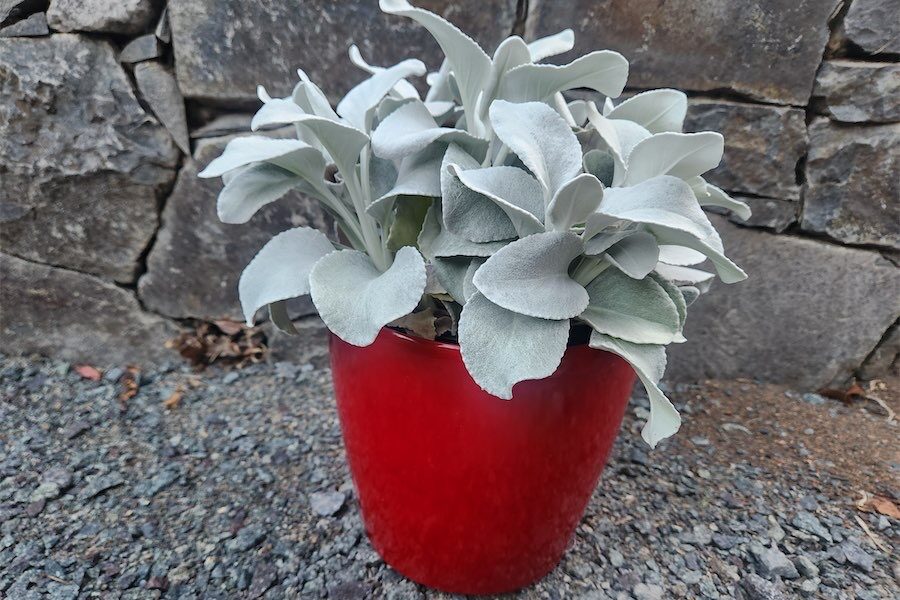
Manchurian Pears are probably one of the most planted medium-to-large trees in Canberra, says gardening columnist JACKIE WARBURTON.
MANCHURIAN Pears (Pyrus ussuriensis) like hot summers, are drought tolerant when established and getting the right tree for the right spot will lessen the maintenance and aesthetics of the tree’s overall shape. Many are planted as street trees.

It is good value for its blossoms in spring, autumnal colour and glossy green leaves in summer.
Ornamental pears come in many shapes and sizes. The smallest is Capital, which grows three metres wide. Cleveland Select is wider at six metres. Both have a columnar upright growth and make a good choice for smaller gardens. Bradford is good for larger gardens with more branches growing to a width of eight metres.
The largest is the 10-metre Manchurian, which is suited only to park-like gardens. It can be pruned down to any desired height, but may require summer and winter pruning. However, hard pruning in winter can reduce the flowers in spring.
Summer pruning is more desirable as the regrowth will not be as prolific. Careful pruning in the first few years will strengthen the tree’s framework and maintain its future shape.
While Manchurians are in dormancy, it’s a good time to look at the crown of the tree and remove any branches rubbing on one another or growing in the wrong direction.
If there are any branches above three metres, then call in an arborist to remove high branches. This job should not be attempted by the backyard gardener.

NOW the wet weather is drying out and the big frosts are here, a topped-up water bowl in the garden will keep the birds and insects hydrated and close by.
Whereas frogs need moisture, food and shelter with about 70 per cent shade and 30 per cent sun. The Eastern Banjo Frog is the most common living in backyards, sandpits and waterways in Canberra. Its distinctive “bonk call” is apparent during the breeding season from August through to April.
All frogs are sensitive to chemicals used in the environment and will not stay in the garden if the conditions are not right.
To keep frogs around, create a pond with varying depths that gradually deepen to a maximum of 60 centimetres so the frogs can move in and out of the water safely. Habitat plants around ponds for shelter are Tussock grasses, Sedges and many aquatic plants such as Lythrum salicaria, purple Loosestrife. These plants are important at the water’s edge where frogs can tuck their eggs under water plants, protected from predators and away from fish. Tadpoles can take up to 16 months to metamorphose into frogs and are vulnerable throughout that time.
If there are fish in the pond, it’s highly likely they’ll eat the spawn or tadpoles, so choosing an area where fish can’t reach the tadpoles is the best chance for their survival. Frogs like to eat worms, insects, snails, slugs and mosquitos.
Jottings
- National Tree Day’s on Sunday, July 30. Plant a tree.
- Sow broad beans in the vegetable garden.
- Spinach and silverbeet can still be planted in a protected area.
- Prune or divide hydrangeas.
Who can be trusted?
In a world of spin and confusion, there’s never been a more important time to support independent journalism in Canberra.
If you trust our work online and want to enforce the power of independent voices, I invite you to make a small contribution.
Every dollar of support is invested back into our journalism to help keep citynews.com.au strong and free.
Thank you,
Ian Meikle, editor





Leave a Reply